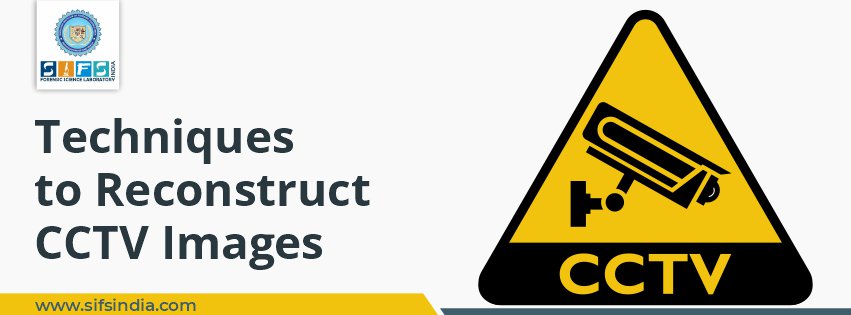IIT Madras researchers have used artificial neural networks to reconstruct CCTV images that have been damaged beyond recognition owing to environmental conditions.
The technology was developed by Dr. A.N. Rajagopalan, who holds the Sterlite Technologies Chair Professor position in the Department of Electrical Engineering at IIT Madras, and was assisted by Maitreya Suin and Kuldeep Purohit from IIT Madras. It was initially published in the journal IEEE.
To bring these deteriorated photographs back to life, Rajgopalan's Image Processing and Computer Vision Laboratory at the IIT Madras is using artificial neural networks. The new technology in use can be used to remove rain streaks, raindrops, haze, and motion blur from photos.
Researchers realized that looking at the deteriorated areas of the image while cleaning at the same time was nearly impossible for a single neural network to do, so they segregated the tasks into two stages.
One neural network was trained to locate the degraded part in the first step, and another neural network uses this knowledge to repair the image in the second stage.
Dr. Rajagopalan explains. "Bad weather in the form of rain and haze causes significant loss in image quality,"
Raindrops on camera lenses are a related issue that presents its own set of difficulties. These factors can have a negative impact on the performance of computer vision systems used for autonomous driving, drone imaging, surveillance etc.
Due to non-uniform depth variations in the haze, drop sizes and locations in raindrops, and rain streak directions and locations, these degradations have high spatial variability.
To test their neural networks, the researchers used publicly available datasets of rain streaks, haze, raindrops, and motion blur.
They used knowledge distillation for image restoration as well as deteriorated location prediction. As a result, the system was able to surpass conventional methods.
"Our concept is to manage the restoration process using the auxiliary duty of deterioration mask prediction," Dr. Rajagopalan continues, "We show that completing this auxiliary task gives network layers essential localizing capabilities. We use careful knowledge distillation to impart this skill to the main restoration network, focusing on the refinement of degraded regions with this additional knowledge."
Even while this technology is solely intended to restore degraded CCTV images, it would be fascinating to see if it could also be used to restore physical photos that have deteriorated over time, allowing us to recreate those experiences.
Conclusion
With this advanced technique, forensics can win some critical situations where the CCTV photographs as the prime evidence are used for a criminal offence and due to the deteriorated and blurred vision of the camera, it cannot be taken as sufficient for identification.
This technology can also be used in crime scene photography, some serious wound detection, and other pathological scenarios as well.
Source: India Times

 October 24, 2021 - BY SIFS India
October 24, 2021 - BY SIFS India